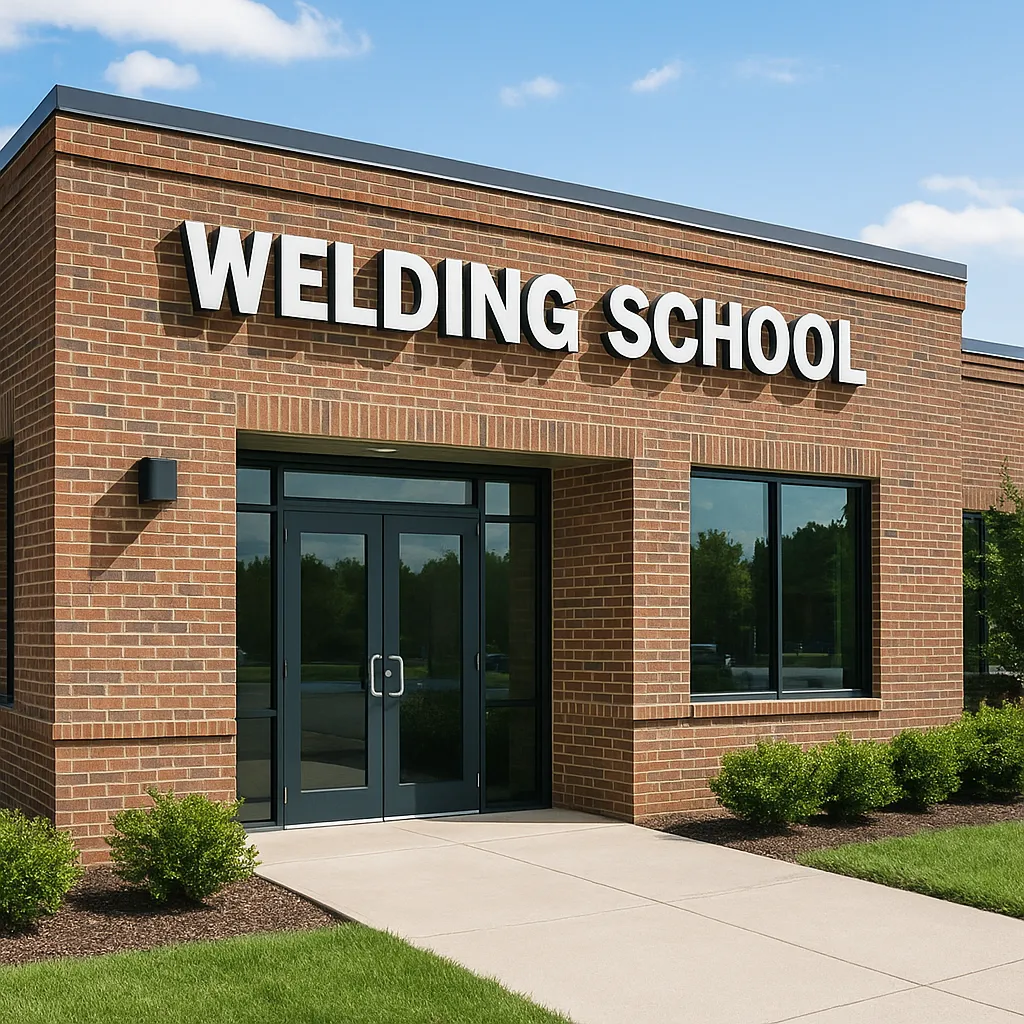Best Welding Schools in California for Career-Ready Training

Disclosure: This post contains affiliate links. As an Amazon Associate, I earn from qualifying purchases—at no extra cost to you.
Welding isn’t just a trade—it’s a skill that opens doors to well-paying jobs in construction, fabrication, shipbuilding, and beyond. If you’re looking to start or level up your welding career, the right training makes a huge difference. California is home to some of the best welding programs in the country, offering hands-on instruction, strong job placement rates, and industry-recognized certifications.
This guide highlights top welding schools across the state, based on program structure, real-world feedback, and long-term value.
Lincoln Tech – East Bay (Fremont)
Lincoln Tech in Fremont offers a fast-track program built for the welding industry. It focuses on core processes like MIG, TIG, stick, and pipe welding. Students also get prep for AWS certifications, which are essential for many job sites.
Why it stands out:
- Training uses current industry equipment and methods
- AWS certification prep is built into the curriculum
- Evening classes available for working adults
When it works best:
If you’re welding at home and trying to improve your TIG skills for stainless or aluminum, this program gives you the reps and support you need to get consistent. Students say it helped them go from shaky welds to smooth beads—especially in tight shop setups.
Los Angeles Trade–Technical College (LATTC)
LATTC delivers solid training at a low cost. It’s been around for decades and has a strong reputation among welders, particularly those heading into construction or structural steel work.
Program features:
- Covers everything from blueprint reading to flux-core welding
- Focus on safety and structural codes
- Good industry ties for job placement
Welder feedback:
LATTC is often described as a no-frills, job-focused school. It’s great for folks who want to move quickly from training to work, especially in Southern California’s construction scene.
College of the Sequoias – Visalia
Located in Central California, College of the Sequoias offers training that’s especially useful for ag welding, equipment repair, and shop work. It mixes classroom learning with practical, hands-on skill building.
Why people choose it:
- Strong foundation in welding and fabrication
- Smaller class sizes make it easier to get instructor time
- Emphasis on practical safety practices and welding codes
Real-world use:
Many graduates go on to run mobile welding rigs or do repair jobs for farms and local businesses. It’s a great fit for students planning to weld independently or support small local operations.
Cerritos College – Norwalk
Cerritos College is a hidden gem for aspiring welders in the L.A. area. It offers a wide range of certifications and training in both basic and advanced techniques.
Program strengths:
- Offers certifications like AWS D1.1 and D17.1
- Advanced training includes CNC plasma and pipe layout
- Low tuition with high employment outcomes
Best fit for:
Students aiming for union work or aerospace welding. Many welders say it’s one of the best values in SoCal if you want deep technical training without taking on major debt.
Conclusion
California offers a strong lineup of welding schools, each with its own focus and strengths. If you want job-ready skills and solid certification prep, Lincoln Tech is a great choice. For budget-conscious students, LATTC delivers serious value. College of the Sequoias is ideal for rural or ag-based welding, while Cerritos College stands out for advanced certs and union pathways.
Think about your welding goals—whether it’s launching a career, improving your shop skills, or joining a union crew—and choose the program that fits your path.






